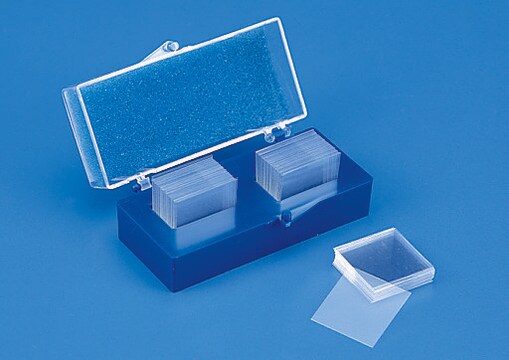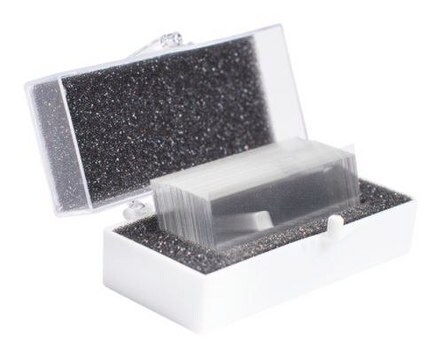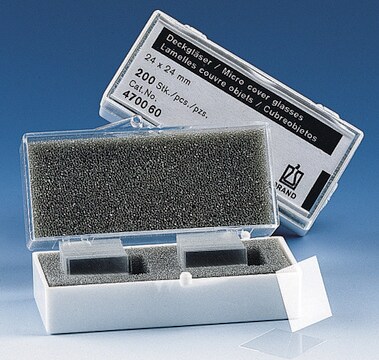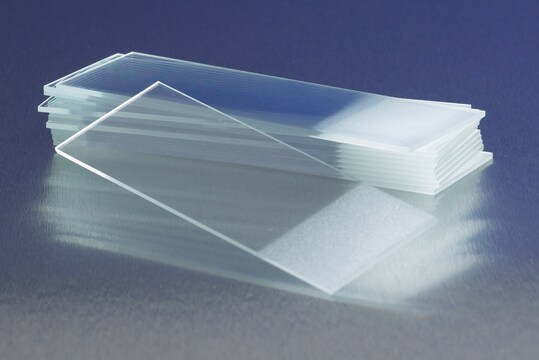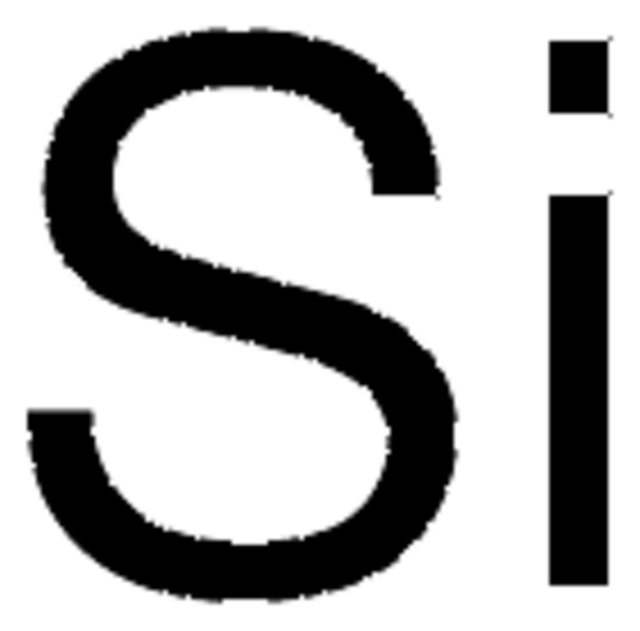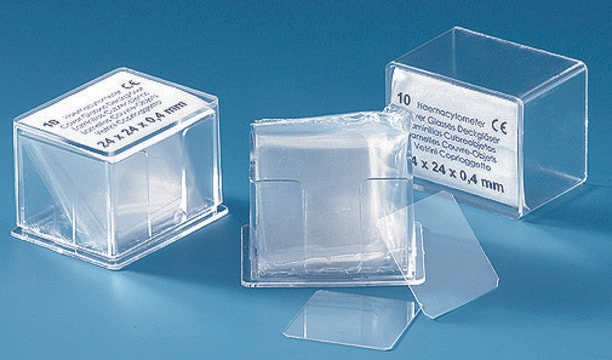643254
Gold coated glass cover slip
L × W × thickness 22 mm × 22 mm × 130-170 μm, square, 99.999% (Au), layer thickness 100 Å
About This Item
Produits recommandés
Essai
99.99% (Ti)
99.999% (Au)
L × l × épaisseur
22 mm × 22 mm × 130-170 μm, square
Épaisseur de la couche
100 Å
Indice de réfraction
n20/587 1.523
Fixation de matrice
Titanium, as adhesion layer used to bind the gold to the borosilicate glass cover slip
Chaîne SMILES
[Au]
InChI
1S/Au
Clé InChI
PCHJSUWPFVWCPO-UHFFFAOYSA-N
Vous recherchez des produits similaires ? Visite Guide de comparaison des produits
Catégories apparentées
Caractéristiques et avantages
Autres remarques
Informations légales
Code de la classe de stockage
13 - Non Combustible Solids
Classe de danger pour l'eau (WGK)
nwg
Point d'éclair (°F)
Not applicable
Point d'éclair (°C)
Not applicable
Faites votre choix parmi les versions les plus récentes :
Déjà en possession de ce produit ?
Retrouvez la documentation relative aux produits que vous avez récemment achetés dans la Bibliothèque de documents.
Les clients ont également consulté
Articles
1-Adamantanethiol (1-AD), an example in this spectrum of molecules with distinct chemical and physical properties, forms self-assembled monolayers (SAMs) on Au{111} that are displaceable when exposed to other thiolated molecules from solution, vapor, or contact due to weak intermolecular interactions in 1-AD SAMs.
Notre équipe de scientifiques dispose d'une expérience dans tous les secteurs de la recherche, notamment en sciences de la vie, science des matériaux, synthèse chimique, chromatographie, analyse et dans de nombreux autres domaines..
Contacter notre Service technique
